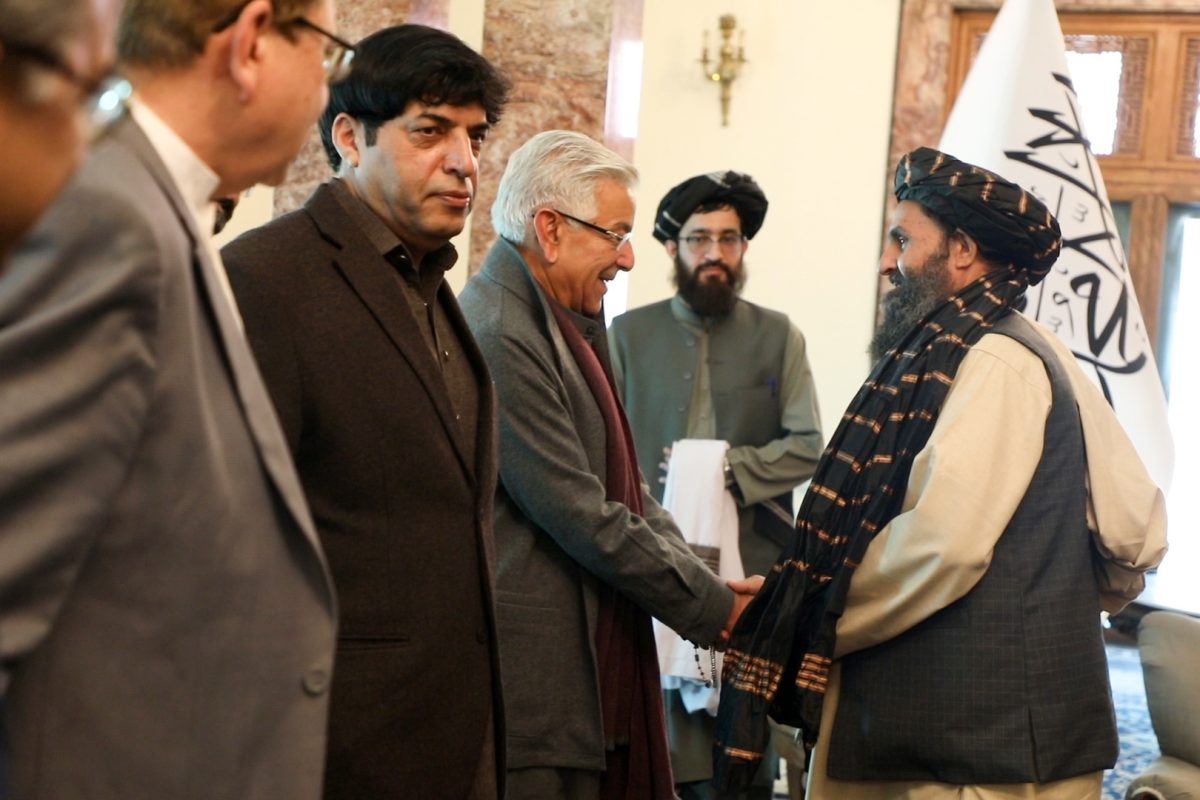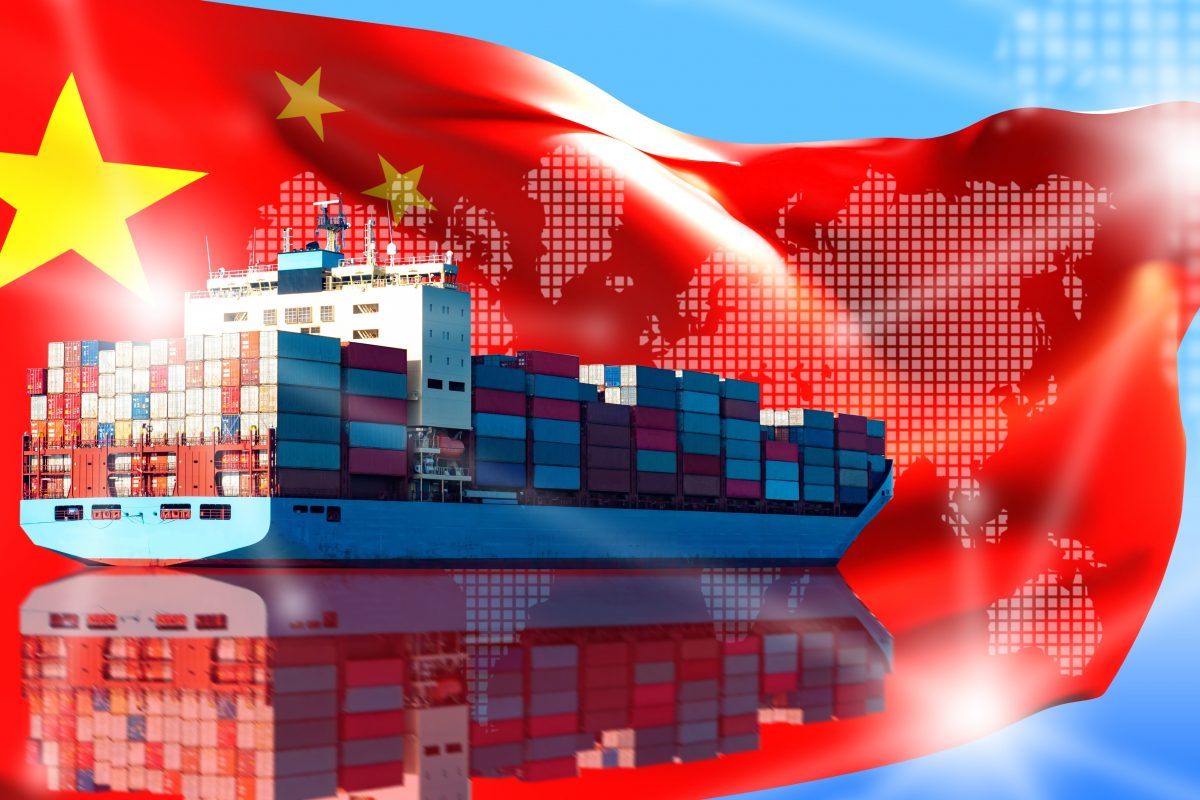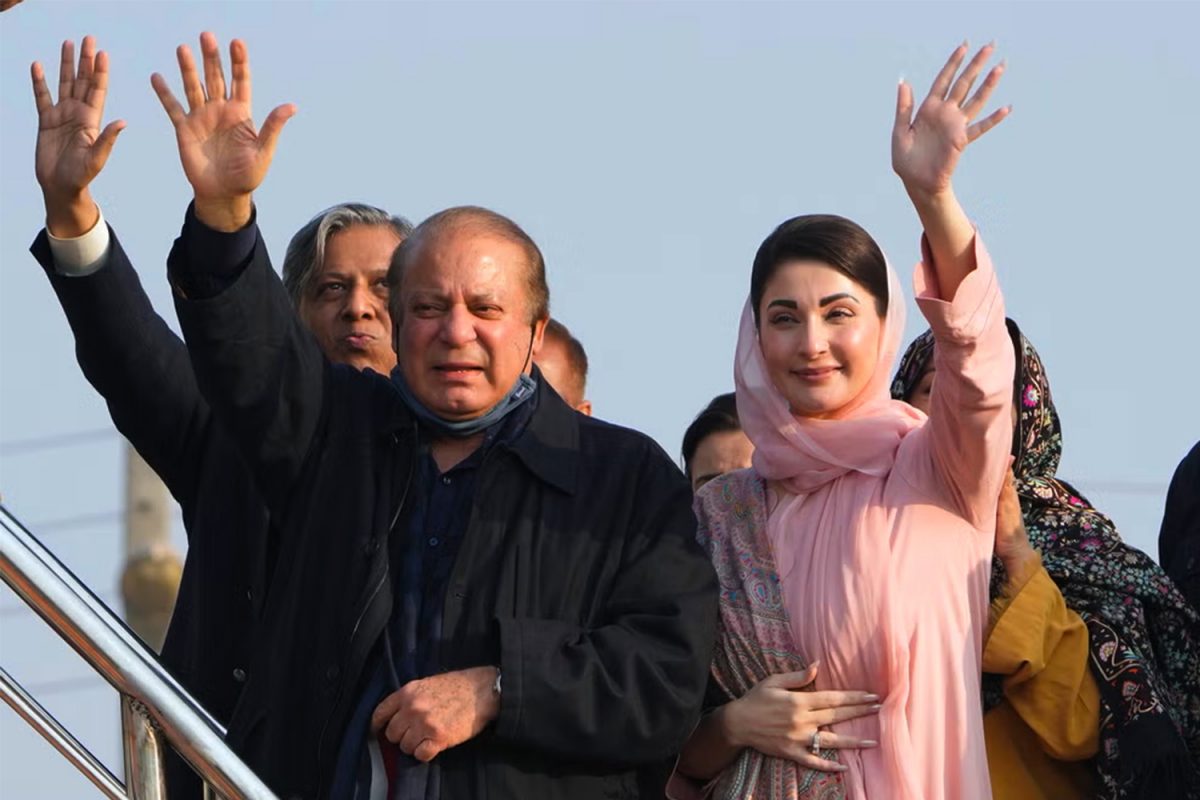In 1492 Christopher Columbus discovered America and in 1497 when Vasco Da Gama managed to circumvent the continent of Africa and reach the East, this began the process of the emergence of the west as the centre of the world. The rise of the US expanded the west to include North America and political, economic, social, cultural as well as the global rules have been determined by the west for over 500 years. A number of trends that have been evolving in recent decades indicate the future may be an Asian century and even if current trends persist, global power may be moving from the West to the East.
The National Intelligence Estimate (NIE) stated in 2012 in its global trends 2030 report: “The diffusion of power among countries will have a dramatic impact by 2030. Asia will have surpassed North America and Europe combined in terms of global power, based upon GDP, population size, military spending, and technological investment. China alone will probably have the largest economy, surpassing that of the United States a few years before 2030.”[1]
The Asia-Pacific region has been the fastest-growing region in the world for the past half century. It contains two of the world’s largest economies, those of Japan and China, along with other East Asian economies. These nations export a lot of what they produce, which are shipped to the US and Europe and they import much of the raw material from the Persian Gulf and from within their own region.
“The diffusion of power among countries will have a dramatic impact by 2030. Asia will have surpassed North America and Europe combined in terms of global power, based upon GDP, population size, military spending, and technological investment. China alone will probably have the largest economy, surpassing that of the United States a few years before 2030.” National Intelligence Estimate (NIE) 2012
Much of the East was devastated after WW2 ended in 1945 and aside from Japan in the 1960’s places such as South Korea, Taiwan, Hong Kong and Singapore were considered third world nations. China was attempting to develop via the communist route and was struggling to make any semblance of progress. Whilst all these nations pursued divergent paths, there were a number of similarities.
All these countries which came to be known as the tiger economies faced the challenge of being small nations – even smaller than the state of New York and were not rich in oil and energy and other natural resources and had limited agriculture and manufacturing capacity. All of them were developed with and eventually became successful economic giants because they developed through state-led, rather than market-led models. They all initially pursued aggressive outward exports as a strategy to gain capital. South Korea pursued heavy and chemical industries, which carried the nation into the 1990’s. Taiwan developed steel, electronics and petrochemical industries. Similarly, Singapore pursued manufacturing and heavy industry throughout the 1970s and 80s.
In the 1990’s these rapidly developing nations then focused on their speciality, which contributed to the region’s growth and their future possible place in the global economy. South Korea used its export-driven growth from heavy industry to develop domestic infrastructure, education institutes and a research and development base. Today South Korea is a world leader in manufacturing, exporting cutting edge electronics products and becoming a leader in technology with companies such as Samsung, LG and Hyundai leading the way. Taiwan pursued a similar strategy to South Korea but went on to specialise and become a world leader in semiconductor chip manufacturing. Hong Kong and Singapore became trading and financial hubs of Southeast Asia. During this period Japan was already a world leader in electronics.
Historically, global capitalism has relied on certain regions providing inexpensive manufacturing. This produced low-wage, high-growth countries like the US at the end of the 19th century. World War II reset the Japanese and German economies so that they would become low-wage, high-growth engines that were particularly efficient because of the social discipline in these countries. China is the third wave of this process in East Asia. Over the last 50 years many US and European firms have moved production to the Far East, even at the expense of their own domestic industries. The cheap electronics, textiles and consumer goods are cheap due to the fact that the East can produce them at a fraction of the cost the West can.
The demographic progress in Asia is expected to continue to the middle of the 21st century, though it has slowed significantly since the late 20th century. At 2.2 billion people in the beginning of the 21st century, the Asian population is predicted to grow to more than 2.5 billion by 2050. While it’s percentage of the world population is not expected to greatly change, North American and European shares of the global population are expected to decline with Germany and much of Europe already on the cusp of population decline.
It is the economic aspect that is leading many to consider the future to be Eastern rather than Western. China has now overtaken the US as the world’s largest economy. Europe and North America combined generate just over $31 trillion currently, with the Asia-Pacific generating around $20 trillion. On the current trajectory Asia-Pacific will nearly double its share of global gross domestic product (GDP) to 52% by 2050, Asia would regain the dominant economic position it held some 300 years ago, before the industrial revolution.
The West now is just one of the players on the global economic stage. It also doesn’t dominate the economic model debate due to the mountains of debt, millions of unemployed. ‘Asian’ values such as state capitalism rather than privatisation and managed free markets are attracting credibility, especially since the global economic crisis of 2008. Interestingly people in the Asia-Pacific overall are more optimistic about their economic situation than people in the West.
Whilst the Pacific has dramatically increased its economic power, this has not seen a parallel expansion of military power. But in the last two decades China and Japan have been increasing their military power and have developed significant capabilities and will continue to do so.
The main challenge standing in the way of an Asian century is, despite a long history of civilisation and culture, today, from a values point of view, the Asia-Pacific remains in a sterile environment compared to other parts of the world. East Asia is about logistical supply chains, merchant shipping, oil tankers, middle class megacities, potential canal and land bridge projects and so on. Asia-Pacific is replete with beauty and luxurious civilizations. But these are artistic and historical subjects that, at the moment, do not stimulate a values debate, as do other parts of the world.




